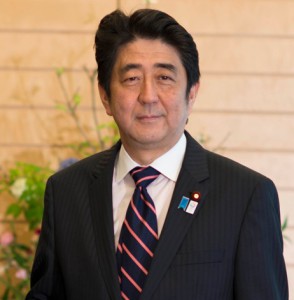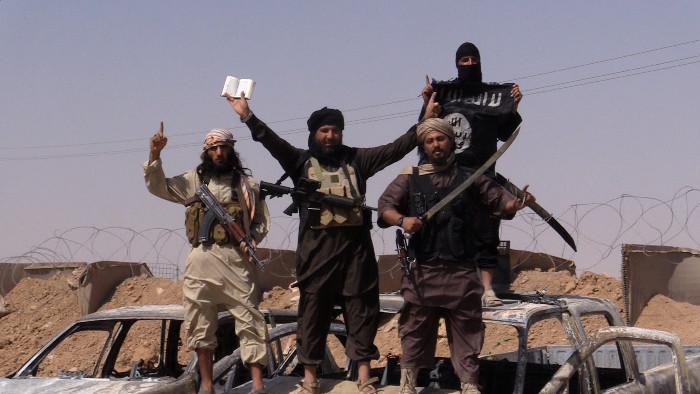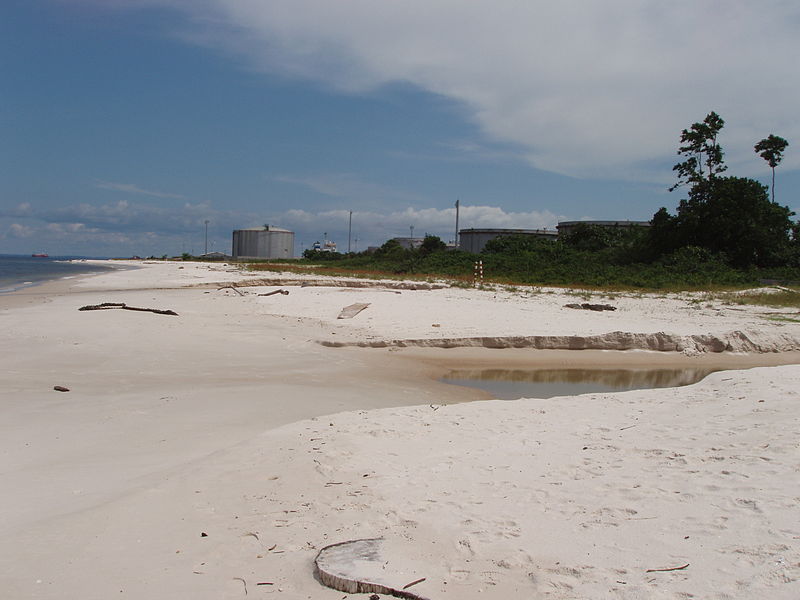The Asia-Pacific Economic and Cooperation (APEC) summit, held in Beijing from November 10-11, has proven to be enormously revealing both of Chinese regional intentions and of President Xi Jinping’s vision for China’s role in the world.
Over the course of the last year, Xi has shown himself to be an increasingly assertive and confident Chinese leader, surpassing his predecessor Hu Jintao with a consolidation of influence within the Party, Army and State not seen since Deng Xiaoping’s period of governance.

This process began on November 8 2013 with the Third Plenary Session of the Central Committee held in Beijing. The economic reforms enunciated during this period indicated a realization within the Chinese leadership that the 10.3% GDP growth seen as recently as 2010, was transitioning to the 7.7% witnessed in 2013. The response was to embark on a major restructuring of State Owned Enterprises (SOEs) and an anti-corruption drive aimed at all strata of Chinese society that has claimed such distinguished figures as former politburo member Zhou Yongkang and military leaders such as General Xu Caihou.
Directly attributable to the Third Plenum, these two initiatives have sought to unseat vested establishment interests within the Chinese system and demonstrated that President Xi will remove and humiliate high-level figures to ensure the wider legitimacy of the Chinese Communist Party (CCP).
More recently, the Central Committee’s decision on August 31 to vet candidates for the 2017 election in Hong Kong and thus administer greater influence within the city state comes from a position of acute strength on the part of Beijing and confidence of Xi’s own internal position. In 1997, Hong Kong accounted for 18% of China’s GDP, in 2014 the city accounts for barely 2.5%, largely eclipsed by the stratospheric rise of Chongqing and Shanghai.
Thus the diminished role of Hong Kong economically is inherently linked to the encroachment on the ‘One Country, Two Systems’ approach by the PRC under Xi Jinping. On the November 11, 2014, Hong Kong’s Supreme Court authorised police to arrest remaining protestors in the Admiralty District, indicating that Beijing seems intent on facing down the protestors in spite of international reaction.
Finally to Japan, for a long time the leading economy in the Asia-Pacific, Xi’s assertiveness on the issue of maritime disputes has been self-evident all year. In November 2013, China declared an Air-Defence Identification Zone over the disputed Senkaku/Diaoyu island chain in the East China Sea with Japan. This escalatory move was criticized by Japan and the United States with President Obama in April 2014 confirming for the first time, that the disputed islands fall under the remit of the US-Japan Security and Cooperation Treaty (1960) and attempts to redraw Sino-Japanese maritime borders would invoke a response from the 7th Fleet stationed in Yokosuka.
Nonetheless, this has been met with increased probing of Japanese air space by the People’s Liberation Army Air Force and a virulent domestic media campaign in China to delegitimize Japan’s nationalist Prime Minister Shinzo Abe. Abe, who assumed office in December 2012, has drawn the ire of Beijing for advocating a controversial agenda of economic, political and defence reforms.
After two years of tensions between the Asia-Pacific’s largest tiger economies, a minor concession is evident in Japan’s stance.

In late October 2014, it was reported that Tokyo accepted a key tenet of Beijing’s conditions for a bi-lateral meeting by acknowledging the Senkaku islands are disputed. Japanese sources have since discounted this, asserting that the Senkaku islands remain a sovereign part of Japan, but that the Abe administration recognizes that China disagrees with this assertion, an important detail considering Japan earlier refusal to recognize any dispute exists. On November 10 in Beijing, President Xi and Prime Minister Shinzo Abe met directly. The handshake was tense with Xi refusing to speak with Abe. President Xi’s personal family history with the Japanese has been well documented and in asserting China’s territorial claim, denying an audience with the Japanese for two years and only meeting with Abe in the capital Beijing, Xi has made clear that China will finally deal with Abe, but on its terms.
The announcements from Beijing both during and ahead of APEC should be seen in the context of these developments.
Announced on the first day of APEC 2014, the Free Trade Area Asia-Pacific (FTAAP) represents the most overt response to the Obama Administration’s pivot to the Asia-Pacific. Agreed to in principle by the 21 member states of APEC, FTAAP represents a deliberate alternative the United States’ own Trans-Pacific Partnership (TPP) with China which is at the heart of this agenda.
The second key initiative lies in Xi’s second announcement of $40 billion worth of investment by China into what President Xi has termed the ‘New Silk Road’. Indeed some media reports have referred to this package as a Marshall Plan for Central Asia. Under Xi Jinping, the People’s Republic of China has demonstrated increased economic interest in post-Soviet Eurasia and via the New Silk Road initiative, seeks to rebuild energy links disrupted post-1991 and other decaying logistical infrastructure and increase economic connectivity between China and the former Russian satellites.
The third key initiative is the Asian Infrastructure Investment Bank (AIIB) formally established in Beijing on October 23, which has seen China present a complimentary, fledgling institution to the World Bank where China will, much as in Central Asia, invest $50 billion in infrastructure and economic assets amongst the ASEAN states of South East Asia.
We can see in China’s recent actions, a sense of a renewed identity, based on the state’s historical role in the Asia-Pacific, specifically a Middle Kingdom mentality based on Sino-centric economic architecture with a renewed China at its heart.
In the two thousand year period prior to the 1839 Opium War, a conflict that precipitated the arrival of European empires in Asia, Imperial China’s perception of itself was that of the ‘Middle Kingdom’, which entailed a largely Sino-centric Asia-Pacific based on Chinese economic influence and recognition of the cultural superiority of Chinese civilization. In the economic initiatives announced above, China under Xi is increasingly shifting the country back towards a model of the ‘Middle Kingdom’, with tentative steps towards the establishment of Beijing oriented institutions in the Asia-Pacific region and renewed confidence at home and abroad.
The recent developments from APEC, combined with President Xi Jinping’s policy decisions over the last year are of enormous importance, as China moves increasingly to become a more confident and substantive economic player within the Asia-Pacific.




